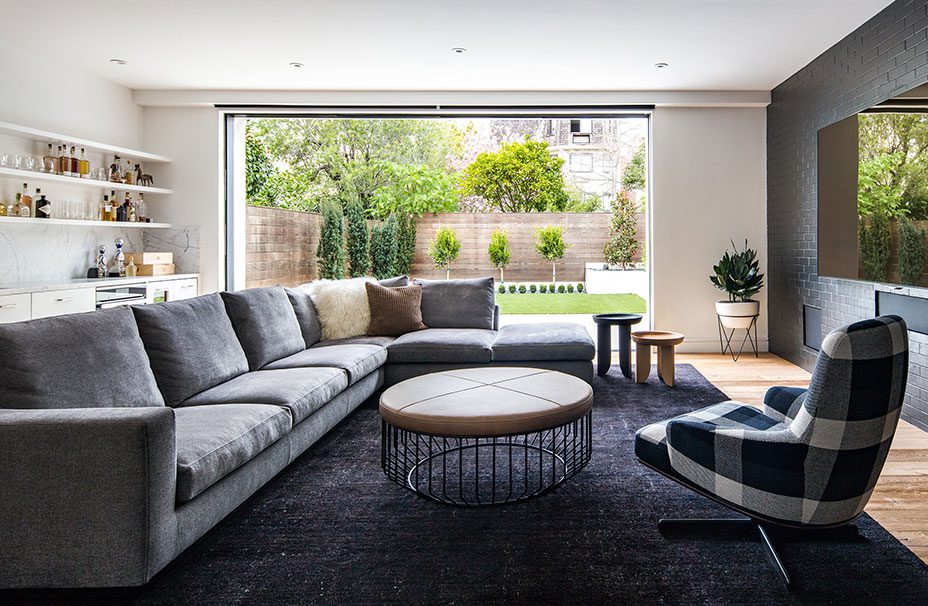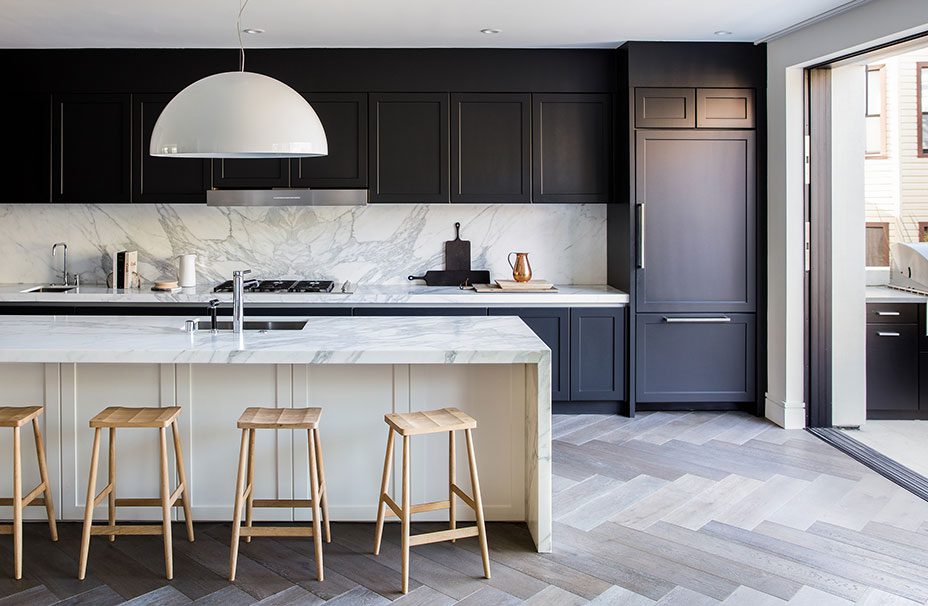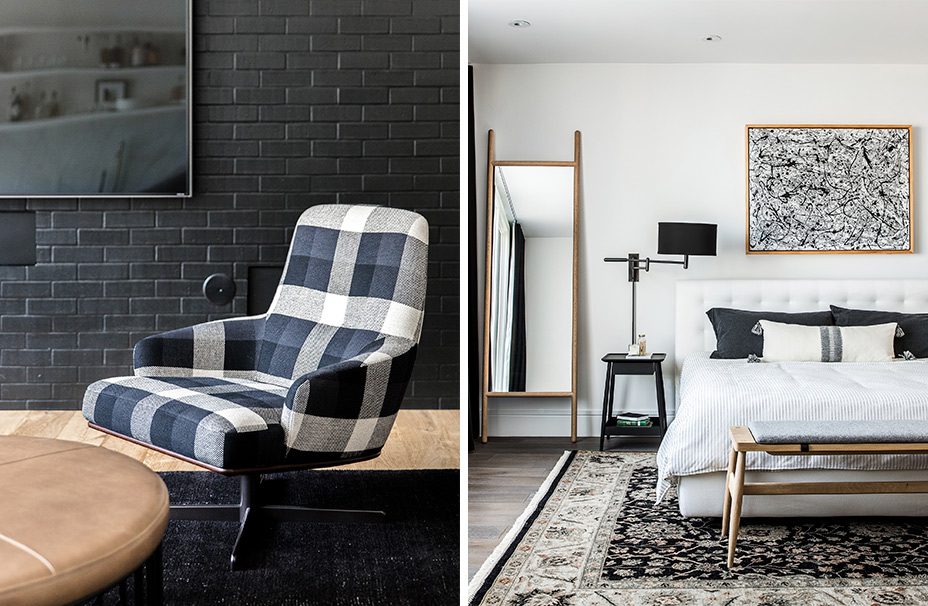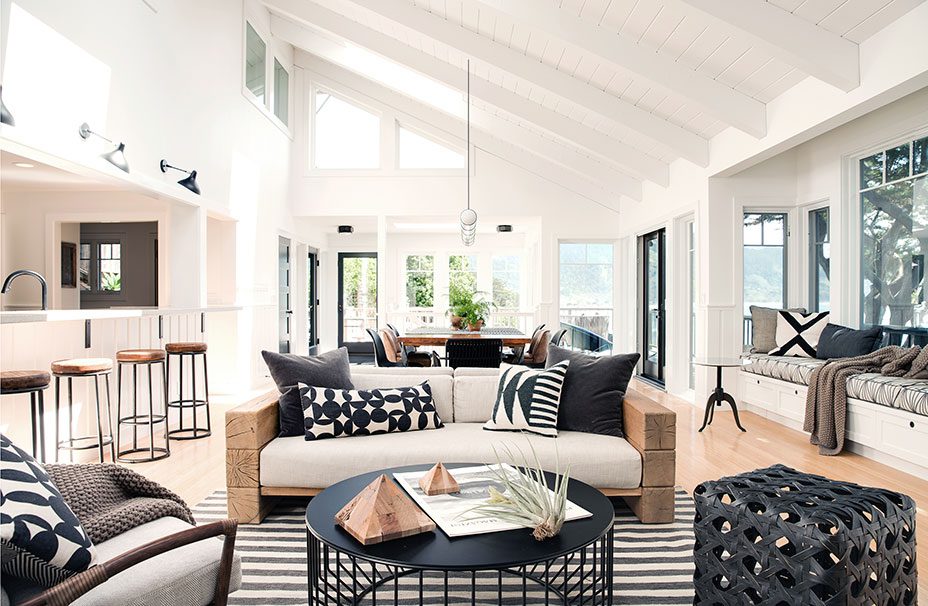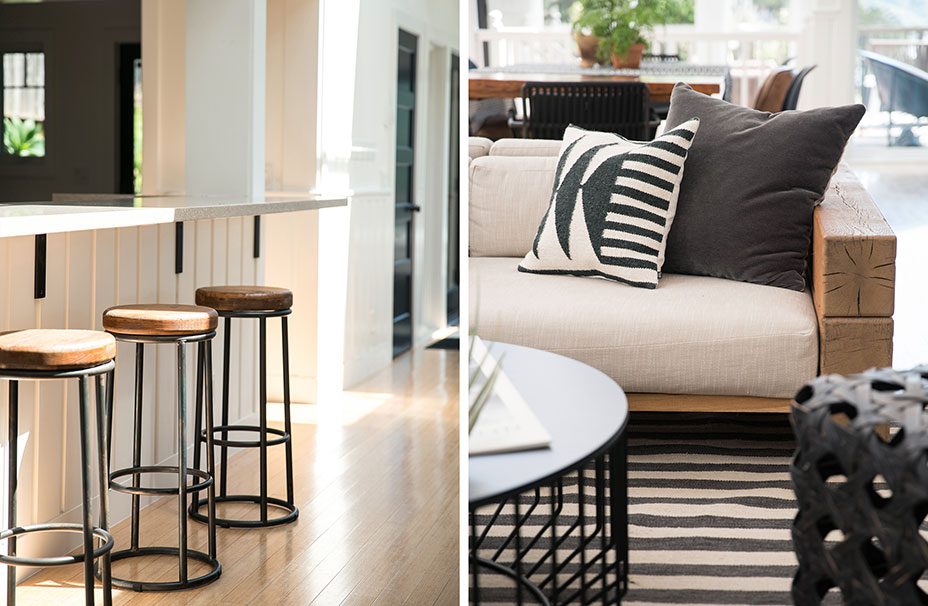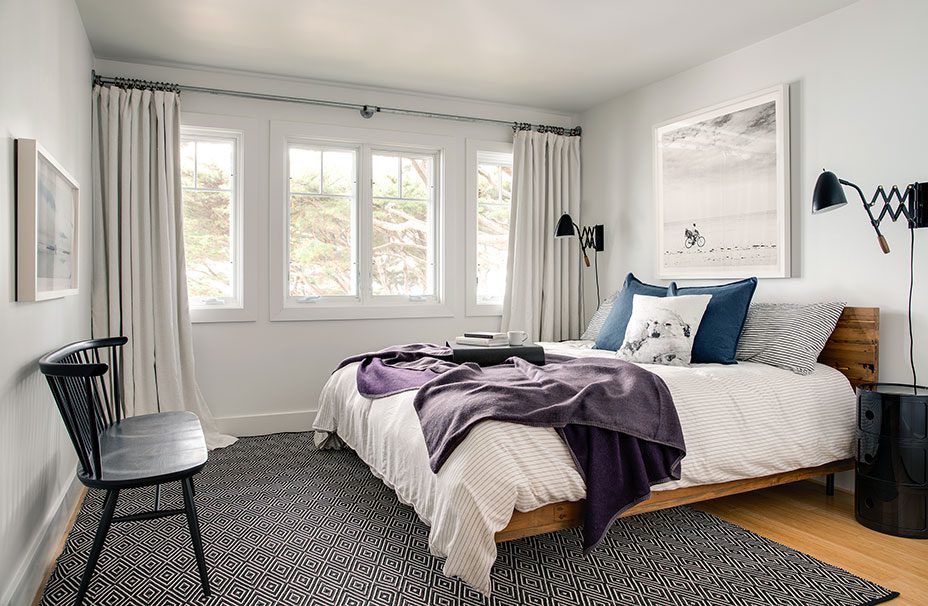Jemy Massie and Emily Simons are the co-founders of the San Francisco design firm Studio Revolution. With a focus on residential and small commercial interiors, they channel their distinctive design style (known for their bold, black and white interiors, with a hint of the unexpected) into each new endeavor. We sat down with the design duo to discuss how Studio Revolution was created, their design process, and how a work/life balance is key.
Can you tell us how Studio Revolution was conceived?
After graduating from Academy of Art, we always thought we would start something together but we did not have that discussion until a couple years after we finished school. There’s always the fear that starting a business with a friend can end in disaster and it took us awhile to take that leap. We didn’t want to jeopardize our friendship.
We took separate paths after graduation. We definitely felt the need to get hands on experience from other, well established designers. We’ve both had opportunities to work with some great designers in the industry. Before forming Studio Revolution, Jemy’s experience was in high residential design. Emily’s experience was in commercial office design.
Design is so personal, especially in residential projects, and getting to know the client’s personality and lifestyle is key.
Can you explain your process during the onset of a new project?
One of the best things about design is that each project is a fresh start…something completely new and different from the last project. As a result, our process varies quite a bit based on project scope, functional needs and design direction. We don’t hold ourselves to any strict protocol as that feels creativity-limiting. However, our initial interactions with the client are key to the start of every process. Design is so personal, especially in residential projects, and getting to know the client’s personality and lifestyle is key. Also, we’ve found that the small and under appreciated task of site verifying a space is so important to understanding the physical space of each project site. At one point, we felt like this was an easy task to contract out or have assistants take on, rather than doing it ourselves. But we soon realized how much that disconnects us from the space we’ve been given to work with. The simple task of measuring each and every corner of a project site ourselves is a crucial part of our initial process.
Have there been any notable influences on your career(s)?
JEMY: Definitely, Scandinavian design. The combination of modernism, minimalism and functionality but still approachable design is unmatched. I’m currently fan-girling Snohetta and daydreaming of one day living in Norway.
EMILY: Although I wouldn’t characterize this as my own personal design style, I have always had a deep appreciation for mid-century design. The iconic design greats: Eames, Saarinen, Wegner, Mies van der Rohe, to name a few. The mid-century movement was such a fundamental period in the history of the design.
What would you consider to be the biggest change(s) in the field of design since you opened your firm?
“Fast Furniture” – the counterpart of “fast fashion” in the interior design industry. We’re all for cost effective furniture but inexpensive “duplicates” of furniture being produced rapidly by mass-market retailers in response to the latest trends dilutes creativity.
What exciting projects do you have in the pipeline?
We have fantastic residential clients all throughout the Bay area, many of which are founders of small businesses and start ups. It’s been really exciting for us to have these residential clients return back to us with their commercial office projects as their businesses become successful. We really enjoy these projects as we already know the clients so well on a personal level from the intimate process of designing their homes. The new challenge of taking what we know of them into the functional and professional side of their lives is really gratifying.
If you were to give your younger self advice in regards to a career in design, what would it be?
JEMY: Get tons of sleep now because you won’t be sleeping much in the future. Ha! On a serious note probably I would say “Interior Design is not all design, it’s 35% design and 65% paperwork.”
EMILY: Don’t lose your passion. It’s so easy to let the business side, deadlines, accounting and long work hours take over and to lose sight of why you chose this career in the first place. When that happens it shows in your work. Work/Life balance seems like an unattainable myth, especially in creative fields, but it is so important to prioritize this. I’ve found that when my life is in order, I am better at my job.
